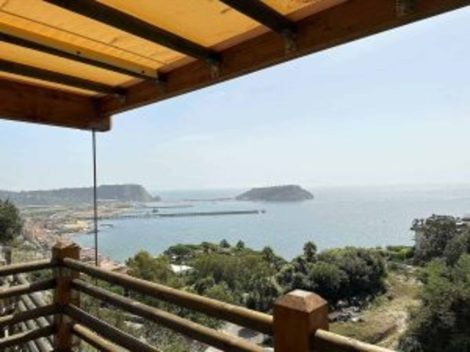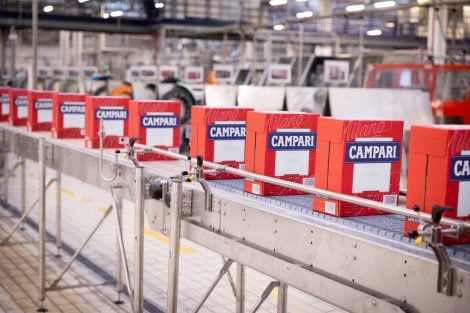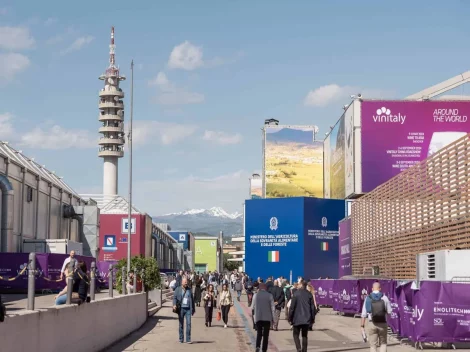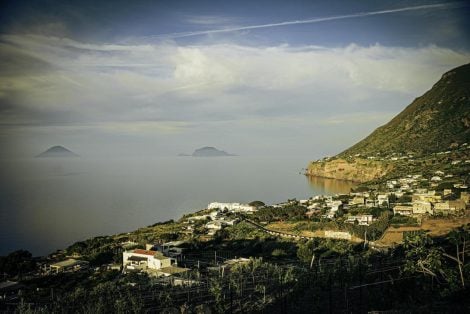Wine tourism is the main asset of one of the most famous wine-growing areas in the world: Napa Valley. The fundamentals of this area were illustrated during the National travel tourism week (Nttw), seven full days dedicated to tourism, founded in 1983 by President R. Reagan and scheduled until Saturday 11 May throughout the country.
Wine tourism in Napa Valley
In the US, tourism today is worth 2,500 billion euro, with 16 million employees in 2018. And in the Napa region, where over 80% of national wine production is concentrated, wine (first sector for employees) is what's driving tourism and the economy.
Wine tourism in 2018
Suffice it to say that in 2018 there were 3.8 million visitors to this area (20% of which foreign) with an average daily expenditure of almost 500 dollars, considering an average family of four, mainly spent in restaurant meals (118 dollars ) and wine purchases in the cellar (85 dollars).
Wine experiences for tourists
In particular, tourists present in Napa Valley are mainly attracted by the wine-related experience: in the survey, entrusted to the Destination Analysts research company, tasting wine in wineries is indicated by 80% of visitors, followed by meals in restaurants (65.2%), followed by vineyard tours (45.3%), shopping (39.8%) and the famous and popular Napa Valley wine train (27.6%).
Wineries and tastings
Each tourist, in 2018, visited an average of 3.7 wineries (compared to 3.1 recorded in 2016) participating in an average of 1.4 tastings. As many as 97.2% of respondents said they had made at least one winery visit and 73.8% had joined a wine tasting. Four out of ten wine tourists book their visits in advance, a percentage that rises to 50% for those staying overnight in the area. Compared to total attendance, over 35% of visitors in 2018 have slept at least one night in local accommodation facilities.

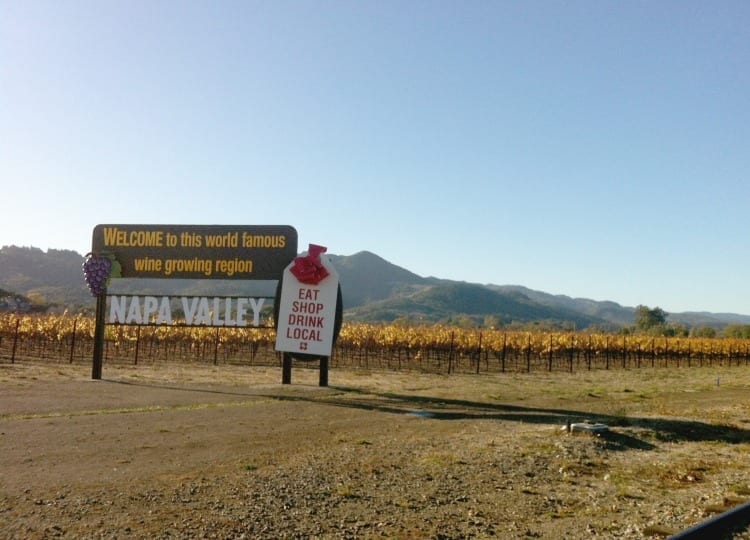
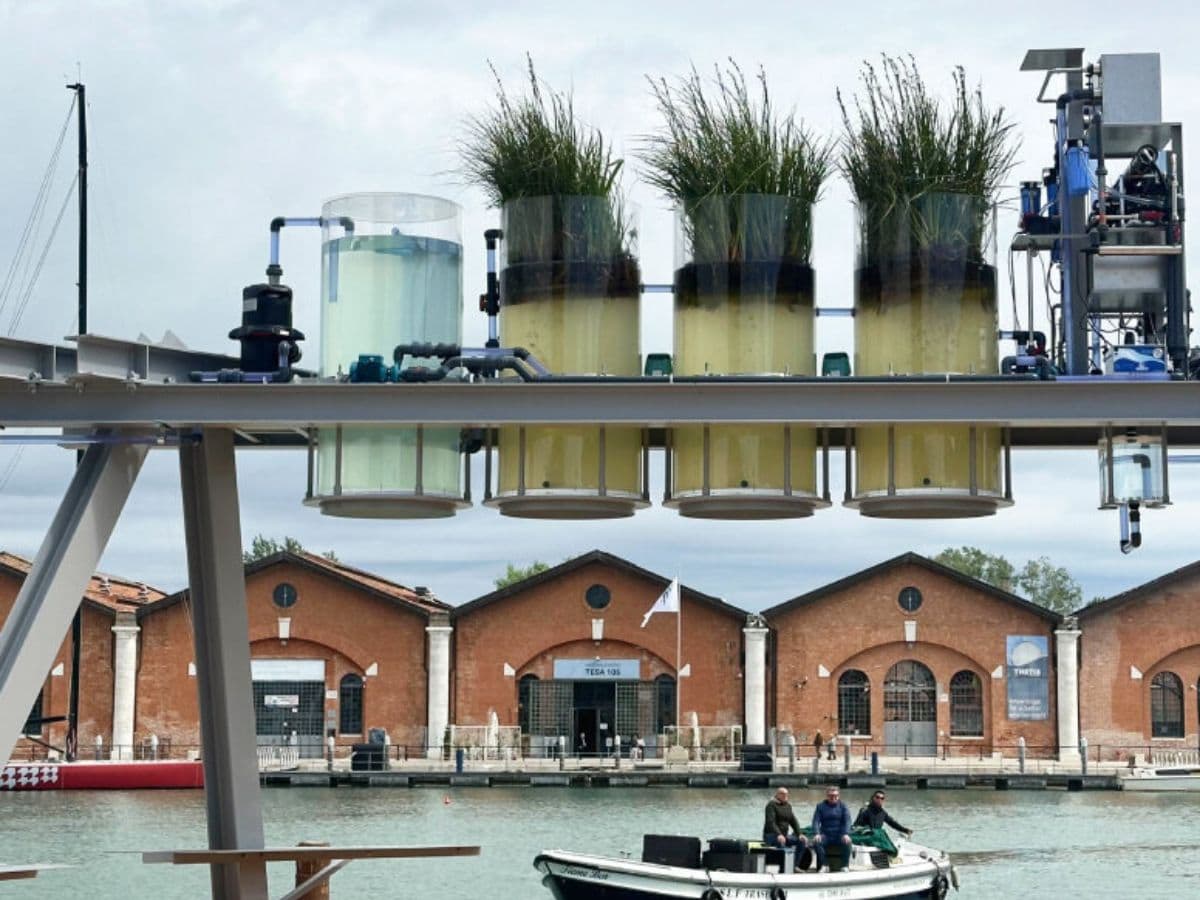 How can lagoon water become coffee? The Canal Café Project at the 2025 Biennale
How can lagoon water become coffee? The Canal Café Project at the 2025 Biennale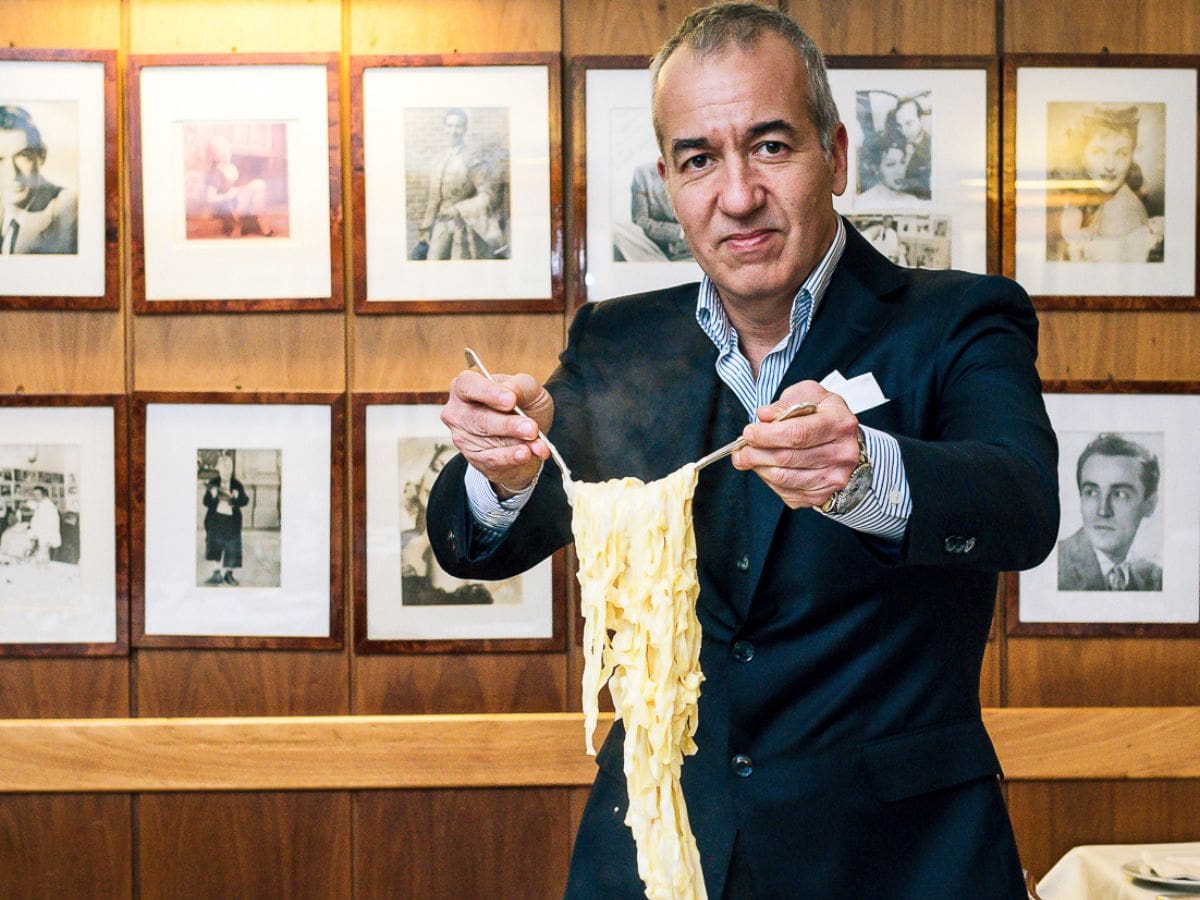 Rome responds to the Americans: a secret school for the real Fettuccine Alfredo
Rome responds to the Americans: a secret school for the real Fettuccine Alfredo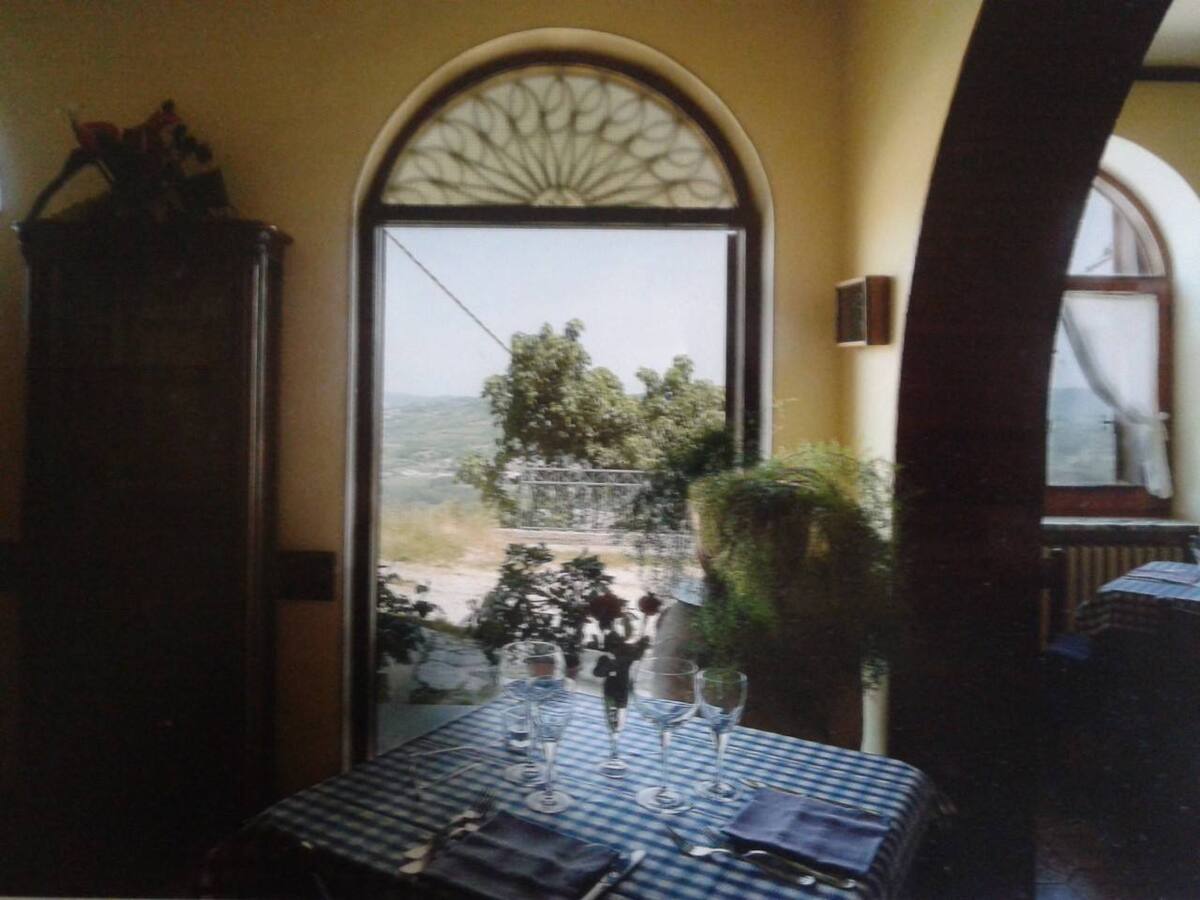 In the newly established Matese National Park, a hidden restaurant awaits in a stunning Medieval village
In the newly established Matese National Park, a hidden restaurant awaits in a stunning Medieval village The world’s best emerging restaurant is in Egypt – and it was opened by an Italian
The world’s best emerging restaurant is in Egypt – and it was opened by an Italian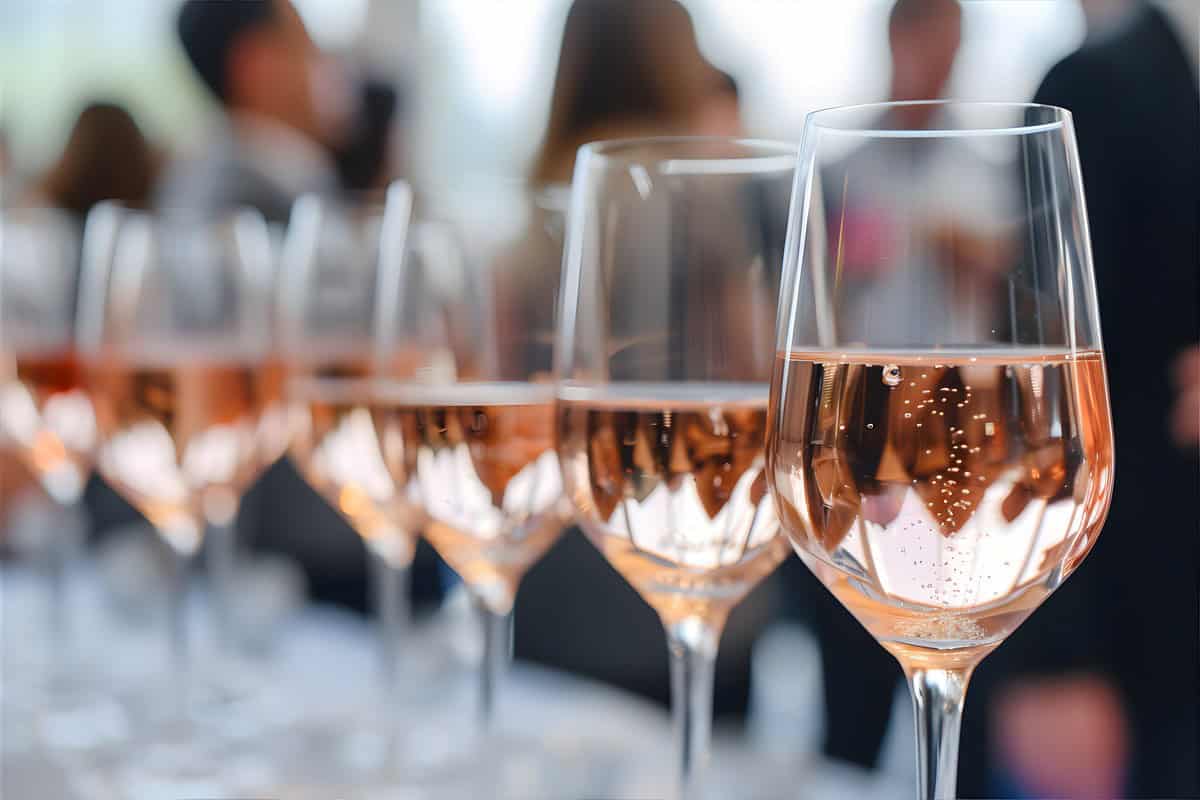 The 9 best Trentodoc Rosé wines in the Vini d’Italia 2025 Guide
The 9 best Trentodoc Rosé wines in the Vini d’Italia 2025 Guide